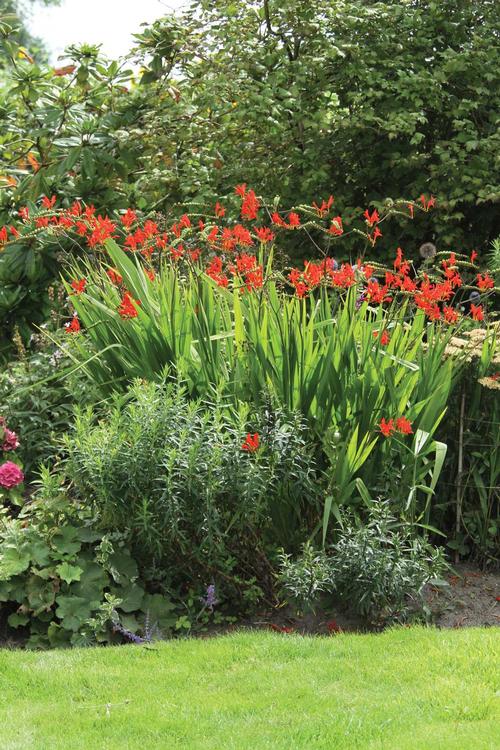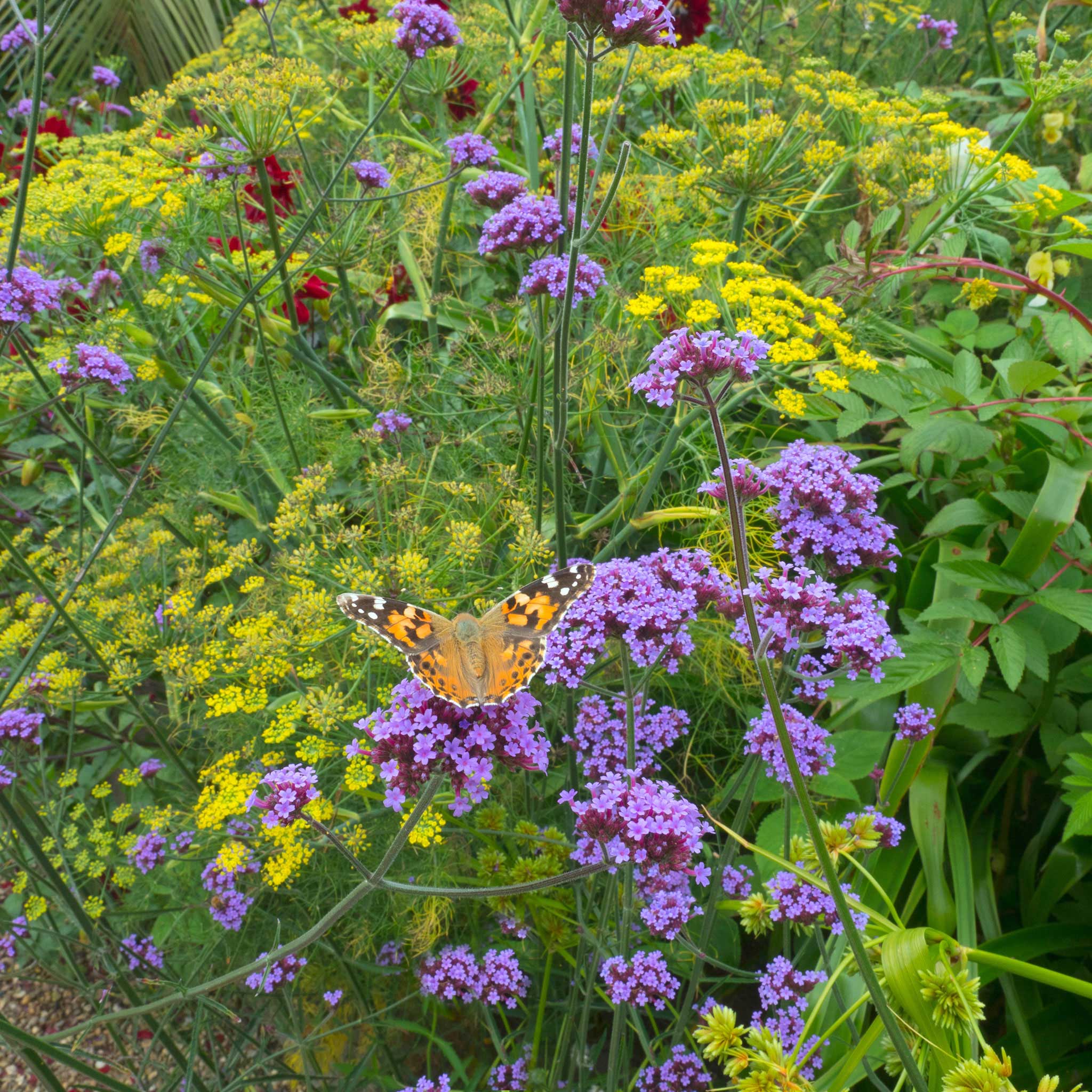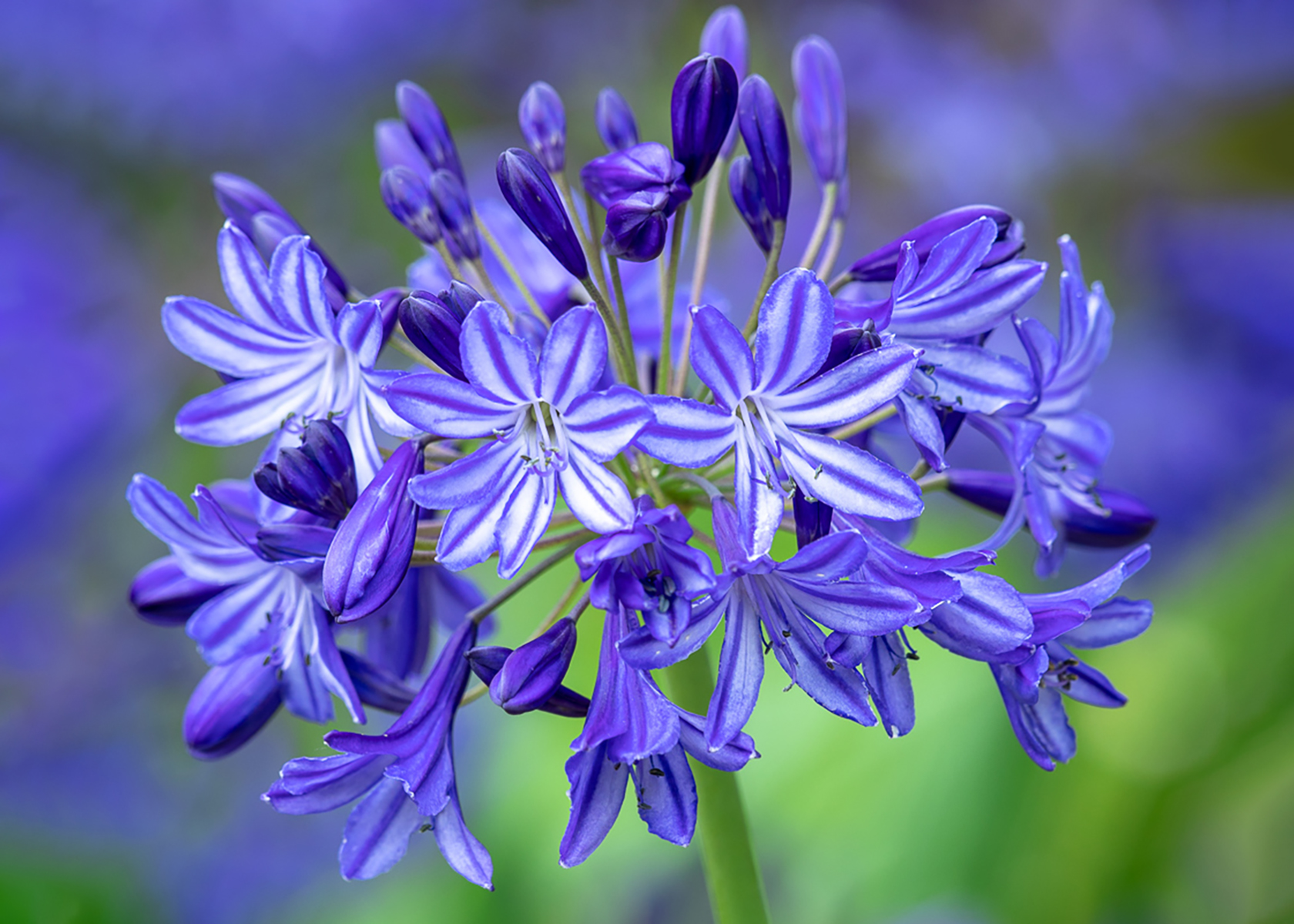Amaryllis Companion Plants That Will Make Your Garden Pop
Amaryllis Companion Plants That Will Make Your Garden POP
Amaryllis are beautiful, trumpet-shaped flowers that come in a variety of colors, including red, white, pink, and orange. They are relatively easy to grow indoors or outdoors, and they can add a touch of elegance to any garden.
One of the best ways to enhance the beauty of your amaryllis is to plant it with companion plants. Companion plants are those that complement each other in terms of their size, color, and growing conditions. By choosing the right companion plants, you can create a stunning display that will turn heads all season long.
Here are a few of our favorite amaryllis companion plants:
- Agapanthus. These blue or white lilies have large, spherical flower heads that contrast beautifully with the tall, upright stems of amaryllis. They also have similar growing conditions, so they can be planted together in the same pot or bed.
- Nepeta. Also known as catmint, this plant has bright blue flowers and a bushy habit that helps to fill in around the amaryllis. It also attracts butterflies and other pollinators.
- Santolina. This plant has silvery-green foliage and yellow flowers that bloom in the spring. It is drought-tolerant and can thrive in full sun, making it a good choice for planting alongside amaryllis in a sunny spot.

- Phlox. This versatile plant comes in a variety of colors and can be grown in either full sun or partial shade. It is a good choice for planting in a mixed border with amaryllis, as it will bloom at different times of the season, extending the period of interest in your garden.

- Verbena. This annual plant has bright flowers that bloom all summer long. It is a good choice for planting in a hanging basket or window box, where it can cascade over the sides and add a touch of color to your amaryllis display.

These are just a few of the many companion plants that you can choose from to enhance the beauty of your amaryllis. When choosing companion plants, it is important to consider the size, color, and growing conditions of each plant. By doing so, you can create a stunning display that will add interest and beauty to your garden for months to come.
Amaryllis are beautiful flowers that can add a touch of elegance to any garden. But did you know that they can also be companion plants? Companion planting is the practice of planting different types of plants together that benefit each other. For example, some good companion plants for amaryllis include:
- Agapanthus: These plants have similar growing requirements to amaryllis and their spherical flowering heads create a beautiful contrast to the trumpet-shaped blooms of the amaryllis. Gardenia Inspiration
- Nepeta: These plants have bright green foliage and pretty blue flower spires that add a splash of color to the garden. They also help to deter pests, making them a good choice for companion planting with amaryllis. Gardenia Inspiration
- Santolina: These plants have delicate glaucas foliage topped with bright yellow, tiny pom pom flower heads. They add a touch of whimsy to the garden and their drought-tolerant nature makes them a good choice for companion planting with amaryllis. Gardenia Inspiration
- Phlox: These plants are a mainstay in many herbaceous beds and have great flowering potential over a very long season. They also attract pollinators, which can help to improve the pollination of your amaryllis flowers. Gardenia Inspiration
If you're looking for more information about companion planting with amaryllis, I recommend visiting Gardenia Inspiration. They have a wealth of information on the topic, including a list of other good companion plants for amaryllis.
FAQ of amaryllis companion plants
- What plants go well with amaryllis?
Amaryllis is a beautiful and showy plant that can add a touch of elegance to any indoor or outdoor space. When choosing companion plants for amaryllis, it is important to consider the plant's size, light requirements, and watering needs. Some good companion plants for amaryllis include:
* Cordyline: A tropical plant with sword-shaped leaves and colorful flowers.
* Gardenia: A fragrant shrub with white or yellow flowers.
* Croton: A colorful plant with variegated leaves.
* Dwarf azalea: A small shrub with delicate pink or white flowers.
* Wild coffee: A tropical plant with white or yellow flowers and glossy leaves.
* Alocasia: A tropical plant with large, arrow-shaped leaves.
* Pentas: A flowering plant with bright red, pink, or white flowers.
- How do I plant amaryllis with other plants?
When planting amaryllis with other plants, it is important to choose a pot that is large enough to accommodate both plants. The pot should also have drainage holes to prevent the roots from rotting. Amaryllis bulbs should be planted at a depth of two to three times their height. Other plants can be planted around the amaryllis bulb, but be sure to leave enough space for them to grow.
- How do I care for amaryllis and its companion plants?
Amaryllis and its companion plants need full sun and well-drained soil. They should be watered regularly, but the soil should not be allowed to become soggy. Amaryllis bulbs should be fertilized every two weeks with a balanced fertilizer. Companion plants may need to be fertilized more often, depending on the type of plant.
- What are some common problems with amaryllis and its companion plants?
Some common problems with amaryllis and its companion plants include:
* Root rot: This can occur if the soil is too wet.
* Aphids: These small insects can suck the sap from the leaves.
* Mealybugs: These small, white insects can also suck the sap from the leaves.
* Spider mites: These tiny insects can cause the leaves to become yellow and have a webby appearance.
If you notice any of these problems, it is important to treat them promptly. Root rot can be treated by repotting the plant in dry soil. Aphids, mealybugs, and spider mites can be treated with insecticidal soap or neem oil.
- How do I overwinter amaryllis and its companion plants?
Once the amaryllis has finished blooming, the leaves will start to yellow and die back. At this point, you can stop watering the plant and move it to a cool, dark place. The plant can be overwintered in a basement, garage, or other cool, dry location. In the spring, when the weather starts to warm up, you can bring the plant back indoors and start watering it again.
Image of amaryllis companion plants
- Agapanthus is a South African plant that blooms in shades of blue, white, and pink. It is a good companion plant for amaryllis because it has similar growing requirements and blooms at the same time.
- Crocosmia is a corm-based plant that blooms in shades of orange, yellow, and red. It is a good companion plant for amaryllis because it adds color and height to the garden.

- Kniphofia is a South African plant that blooms in spikes of orange, yellow, or red flowers. It is a good companion plant for amaryllis because it adds a touch of tropical flair to the garden.
- Salvia is a genus of flowering plants that includes many species that bloom in shades of blue, purple, pink, and white. It is a good companion plant for amaryllis because it attracts pollinators and adds color to the garden.

- Verbena is a genus of flowering plants that includes many species that bloom in shades of blue, purple, pink, and white. It is a good companion plant for amaryllis because it attracts pollinators and adds color to the garden.


Post a Comment for " Amaryllis Companion Plants That Will Make Your Garden Pop"